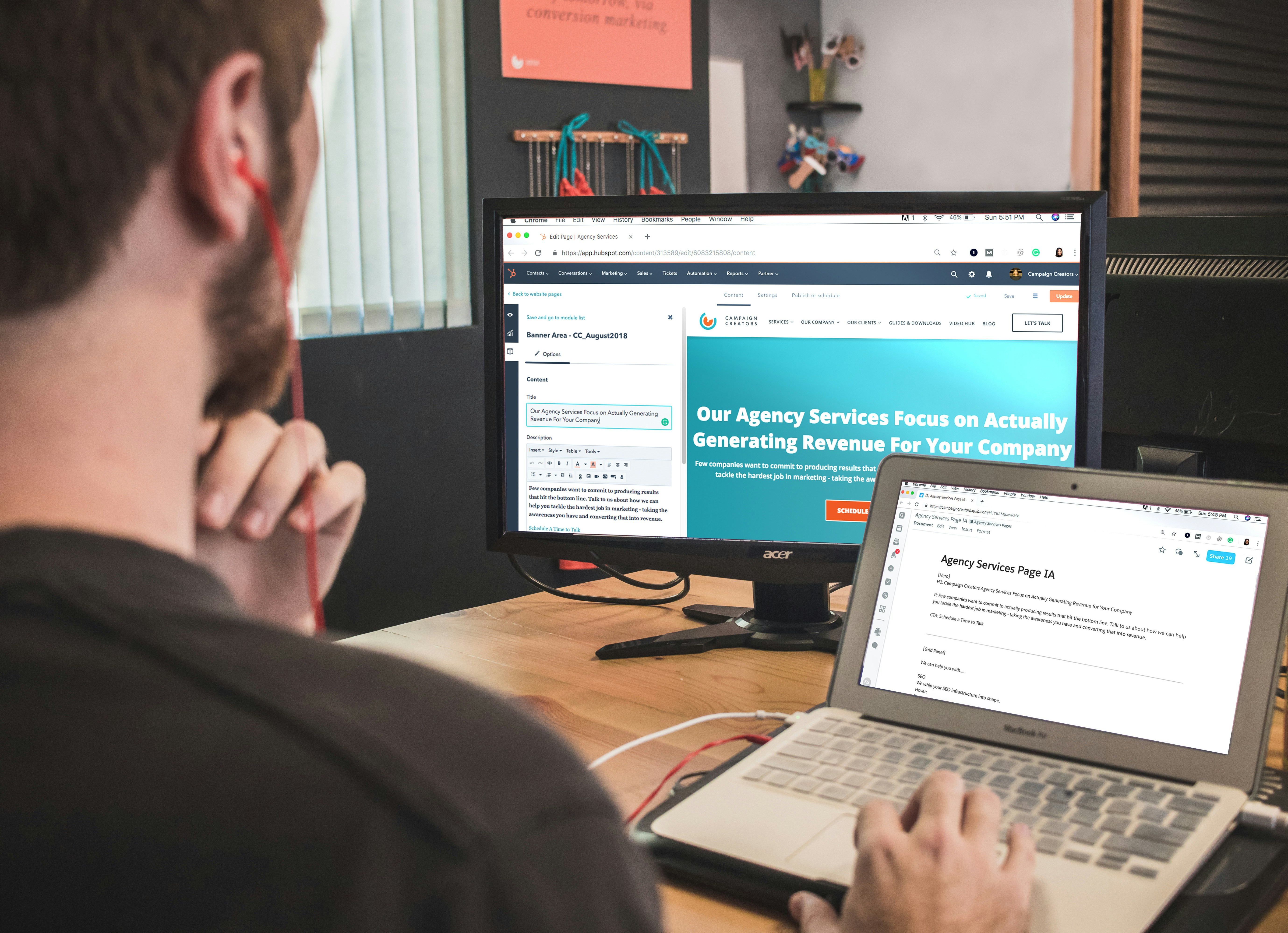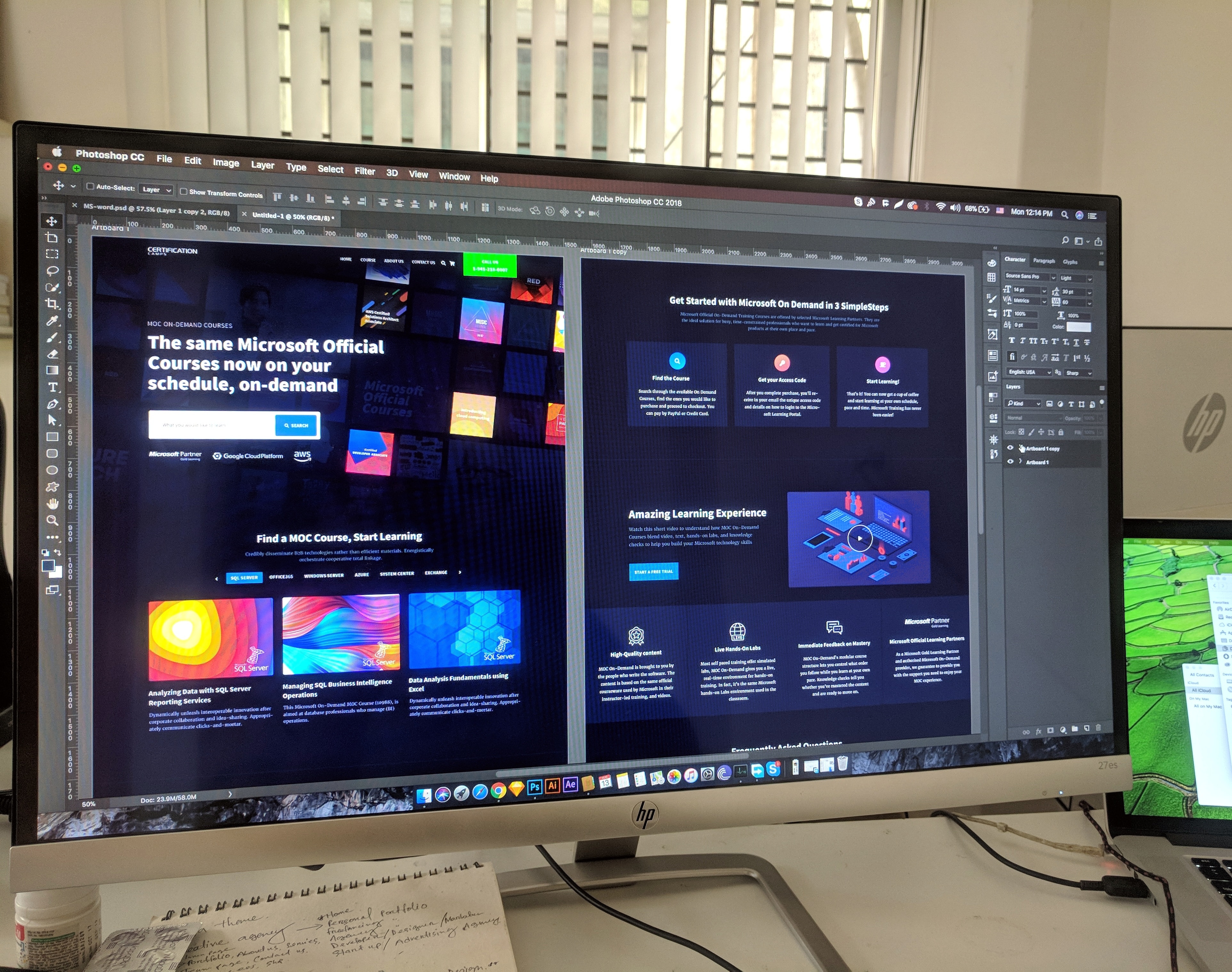Strategies for Successful Website Design
Strategies for Successful Website Design
Jul 17, 2024
Said Aidogdu
Strategies for Successful Website Design
In today's digital age, having a well-designed website is crucial for the success of any business. A website is a company's online face. So, it is essential to use effective web design. This will attract and engage visitors. You may be creating a new website or fixing an old one. There are key things to consider. They can greatly affect your online presence.
How to Improve Your Website Design
Improving your website design? Then, focus on improving user experience. A user-friendly website not only keeps visitors engaged but also encourages them to explore further. Optimizing navigation is another critical aspect to consider. Clear and easy navigation helps users find information easily. This leads to better engagement and more time on your site. Also, using SEO is essential for better visibility on search engines. It makes it easier for potential customers to find your website.
Creating an Effective Business Website
Identifying Your Target Audience
Know your audience to build a site that clicks with customers. Conduct market research to identify the demographics, preferences, and behaviors of your target audience. By tailoring your website design to meet the needs of your target audience, you can increase conversions and engagement.
Incorporating Design Elements That Drive Conversions
Design elements such as compelling visuals, persuasive copy, and clear CTAs can significantly impact conversion rates on your website. Use strategic placement of these elements. It guides visitors to take desired actions, like making a purchase or signing up.
Reducing Bounce Rate Through
A high bounce rate indicates that visitors are leaving your website without engaging further. To reduce bounce rates, make sure your website loads fast. It should offer valuable content and a smooth user experience. By analyzing user behavior and making necessary design improvements, you can keep visitors on your site longer.
Key Strategies for Website Redesign
When it comes to redesigning a website, using analytics to inform design decisions is a smart approach. Analyzing user behavior and preferences can provide valuable insights into what is working well and what needs improvement on your site. Ensuring mobile device compatibility is essential in today's mobile-driven world. A responsive design that looks and functions well across various devices can help reach a wider audience. Addressing common design mistakes, such as slow loading times or cluttered layouts, can significantly improve the overall user experience.
Developing a Website Strategy for Small Businesses
Small businesses need a website strategy. It is crucial for a strong online presence. Using design services for a professional look can build trust. It can help with credibility among potential customers. You must make a user-friendly navigation system. It is essential to guide visitors through your site well. We provide ongoing website support for maintenance. It ensures that your site stays up-to-date and relevant to your audience.
Essential Tips for Building a Successful Website
Choosing the right web designer for your project can make a significant difference in the success of your website. A skilled designer can bring your vision to life and create a site that aligns with your business goals. Using SEO to boost website traffic is crucial. It helps attract more visitors and potential customers. Good design practices are essential for long-term success in the competitive online landscape. They include consistent branding and easy navigation.
How to Improve Your Website Design
Tips for Enhancing User Experience
User experience plays a crucial role in determining the success of a website. To improve user experience, focus on making a clean and clear design. It should make it easy for visitors to navigate. Make sure it has fast loading times. Also, have clear call-to-action buttons and responsive design. This will cater to users on various devices.
Utilizing SEO in Your Website Design
SEO is an essential component of website design as it helps improve your site's visibility in search engine results. Incorporate relevant keywords, meta tags, and high-quality content to optimize your website for search engines. By following SEO best practices, you can attract more organic traffic and reach your target audience effectively.
Optimizing Navigation for Better User Engagement
Smooth navigation is key to keeping visitors engaged on your website. Organize your content logically, use clear menu structures, and incorporate internal links to guide users to relevant pages. By optimizing navigation, you can enhance user engagement and encourage users to explore more of your website.
Mistakes to Avoid in Website Design
Avoiding Common Design Mistakes
Small businesses often make the mistake of neglecting the importance of professional web design. Avoid using outdated templates, cluttered layouts, or inconsistent branding elements. A good website boosts your brand and draws more customers.
Improving Mobile Responsiveness
With the increasing use of mobile devices, it's crucial to ensure that your website is optimized for mobile users. Implement responsive design techniques to adapt your site's layout to different screen sizes and resolutions. By providing a seamless mobile experience, you can retain users and improve overall engagement.
Utilizing Analytics
Analytics tools enable you to monitor and analyze key metrics related to your website's performance. You can track data like traffic sources, user behavior, and conversion rates. This lets you make informed decisions to improve your website design. Utilize analytics to identify areas for improvement and refine your online strategy.
Tips for Building a New Website
Choosing the Right Web Design Services
When building a new website, selecting the right web design services is crucial for achieving your desired outcome. Look for agencies or designers with experience in your industry. They should have a strong portfolio and positive client testimonials. Work closely with your team. Make sure your website reflects your business goals and brand.
Developing a Website That Aligns With Your Brand Identity
Your website serves as a digital representation of your brand, so it's important to align its design with your brand identity. Use brand colors, logos, and messaging consistently on your site. This will reinforce brand recognition. A cohesive brand presence on your website can help build trust and loyalty among your target audience.
Providing Ongoing Website Support
Making a website is not a one-time process. It needs ongoing maintenance and support to stay fast. Update your content often. Look for technical issues. Add security measures to protect your website. By providing continuous support, you can keep your website running smoothly and effectively.






















